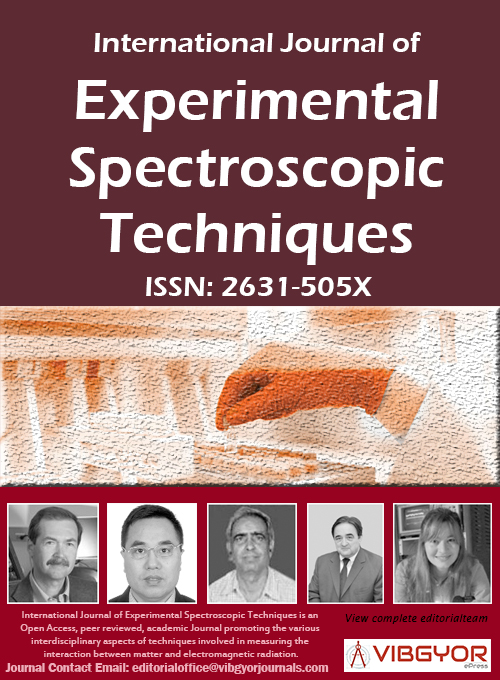International Journal of Experimental Spectroscopic Techniques
ISSN: 2631-505X Impact Factor = 0.21* DOI: 10.35840/2631-505X
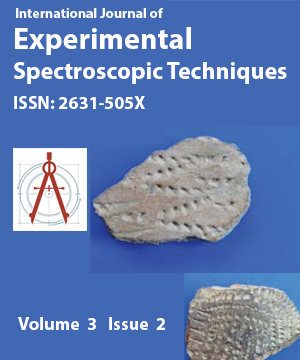
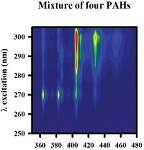
Olga Monago-Marana, Arsenio Munoz de la Pena, Maha Al-Tameemi, Teresa Galeano-Diaz and Andres D Campiglia
Monago-Marana O, de la Pena AM, Al-Tameemi M, Galeano-Diaz T, Campiglia AD (2018) Feasibility of Multidimensional Fluorescence at Low Temperature in Shpol'skii Matrices Combined with PARAFAC for the Quantitation of Polycyclic Aromatic Hydrocarbons. Int J Exp Spectroscopic Tech 3:022.
Published Date: December 31, 2019
PDF | Full Text | EPUB | XML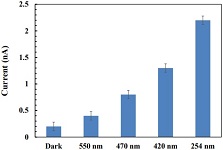
Spectrometric Studies on Sodium Nitroprusside and its Interaction with HSA upon Photoirradiation
Lifang Liu, Zhiou Ma, Leilei Xie, Xiaolu Wang, Wenming Wang and Hongfei Wang
Liu L, Ma Z, Xie L, Wang X, Wang W, et al. (2018) Spectrometric Studies on Sodium Nitroprusside and its Interaction with HSA upon Photoirradiation. Int J Exp Spectroscopic Tech 3:021.
Published Date: October 25, 2018
PDF | Full Text | EPUB | XML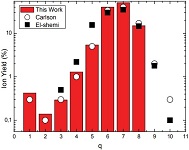
Deep and Shallow Core Excitation and Ionization of Atoms and Molecules
ACF Santos
Santos ACF (2018) Deep and Shallow Core Excitation and Ionization of Atoms and Molecules. Int J Exp Spectroscopic Tech 3:020.
Published Date: October 25, 2018
PDF | Full Text | EPUB | XML
Principles of High-Resolution NMR Spectroscopy of Paramagnetic Molecules in Solutions
VK Voronov
Voronov VK (2018) Principles of High-Resolution NMR Spectroscopy of Paramagnetic Molecules in Solutions. Int J Exp Spectroscopic Tech 3:019.
Published Date: October 13, 2018
PDF | Full Text | EPUB | XML
Michaella E Raglione, Tianyao Zhang and Mark A Arnold
Raglione ME, Zhang T, Arnold MA (2018) Stability of Polytetrafluoroethylene, Polyethylene, and Polystyrene Pellets as a Matrix for Analytical Terahertz Spectroscopy. Int J Exp Spectroscopic Tech 3:018.
Published Date: October 12, 2018
PDF | Full Text | EPUB | XML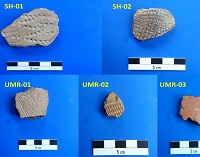
Fatima Elbashir Siddig, Abdalla Ahmed Elbashir, Verena Lepper and Ahmed Hussein
Siddig FE, Elbashir AA, Lepper V, Hussein A (2018) Spectroscopic Approach for Characterization of Archaeological Potsherds Excavated from Some Neolithic Sites from Sudan. Int J Exp Spectroscopic Tech 3:017.
Published Date: September 12, 2018
PDF | Full Text | EPUB | XML
P Grima-Gallardo, L Mendez, GE Delgado, H Cabrera, E Perez-Cappe, I Zumeta-Dube, A Rodriguez, JA Aitken and DP Rai
Grima-Gallardo P, Méndez L, Delgado GE, Cabrera H, Pérez-Cappé E, et al. (2018) (Cuinse2)1-X (Tase)X Solid Solutions (0 < X ≤ 0.5): X-Ray Diffraction, Scanning Electron Microscopy, Differential Thermal Analysis and Magnetic Susceptibility. Int J Exp Spectroscopic Tech 3:015.
Published Date: July 12, 2018
PDF | Full Text | EPUB | XML